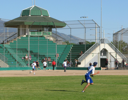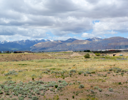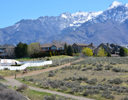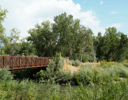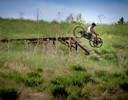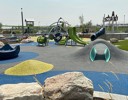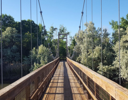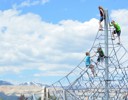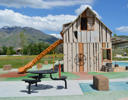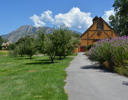Master Plans
Master planning is the cornerstone of our strategy to shape the future of parks and recreation in Salt Lake County. These long-range plans, developed county-wide, provide a visionary roadmap for sustainable growth and development.
Rooted in community engagement, each master plan serves as a guiding framework for future projects. This process ensures that development meets regional priorities and reflects the aspirations of our residents. Please note that while a project's inclusion in a master plan is a critical first step, its implementation depends on securing future funding and resources.
